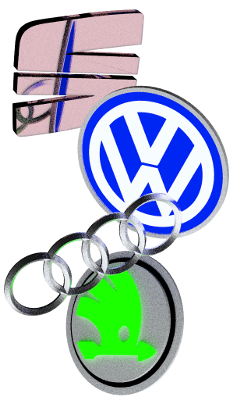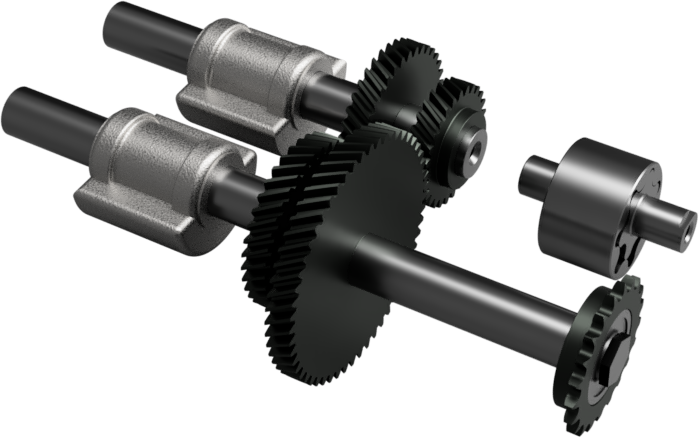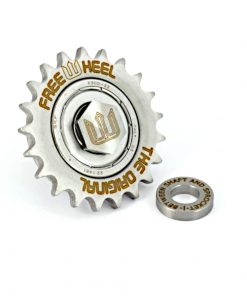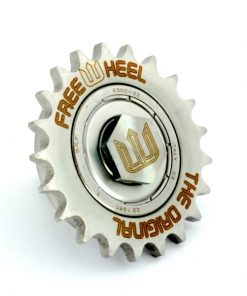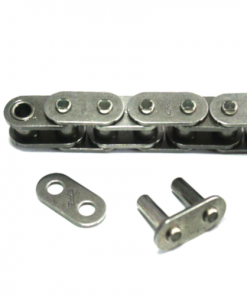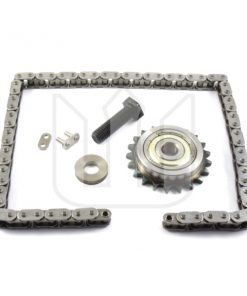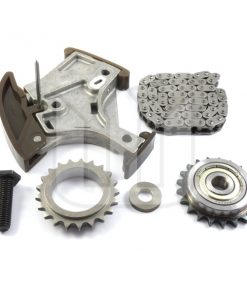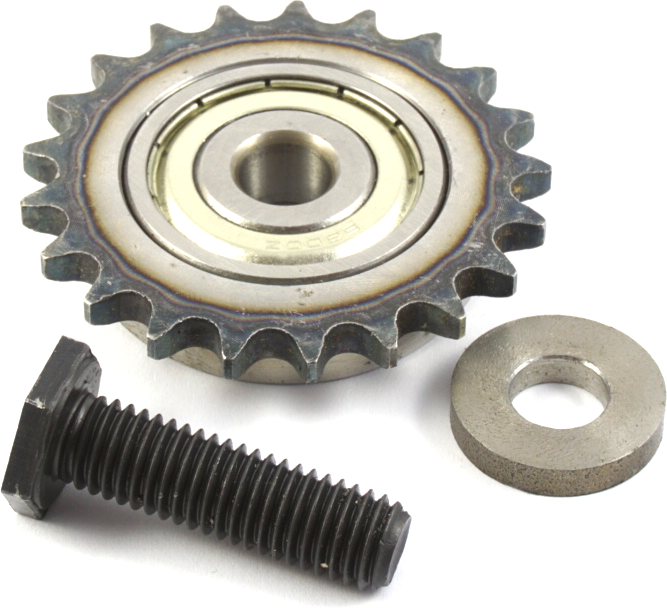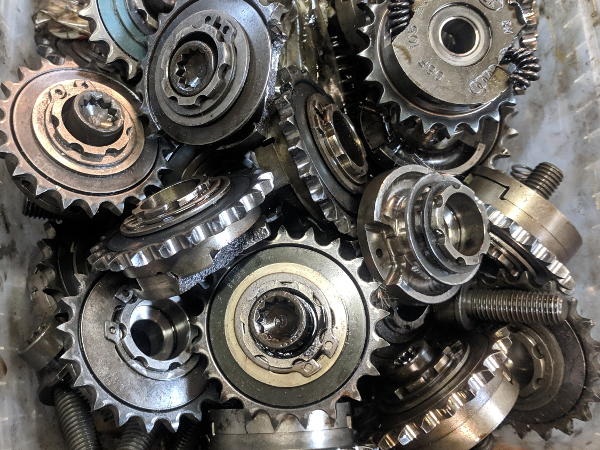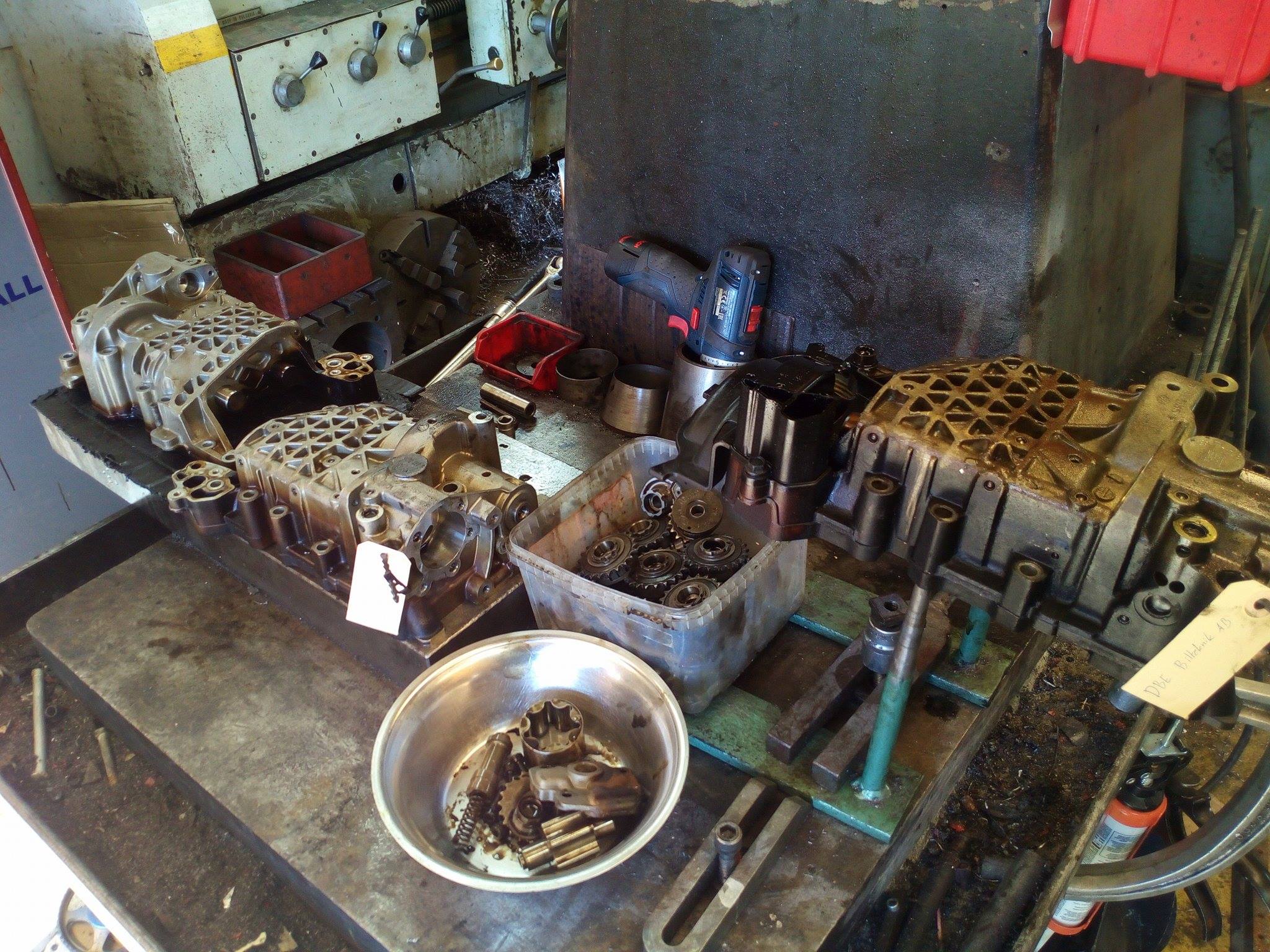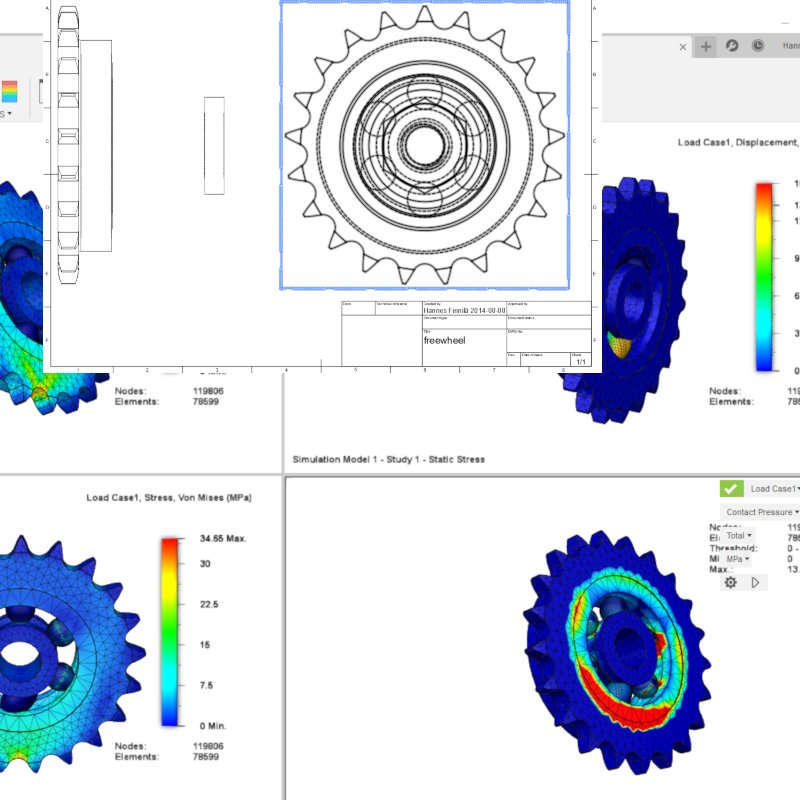About the design
Less is more
Even though this balance shaft delete seems rather simple, there is a ton of engineering put into it. The challenge here has been to make everything fit behind the plastic cover of the oil pump transmission without putting to much stress on the bearing of the Freewheel.
Bearing alignment
Whenever a bearing is involved in an engineering process you have to start out by ensuring the loads are applied to it correctly. In the case of the freewheel there is not enough room to have the ball bearing absolutely linear to the sprockets teeth, the result is a slight angular force to the bearing. In our design we therefore added a spacer between the shaft and bearing to reduce this as much as possible. To fit everything inside of the plastic chain cover we went with a custom bolt instead of having to either bring the bearing width down or once again compromising the structure by locating the bearing further towards the shaft.
Bearing type
Lately we have seen a copy on the internet, sold by a romanian company. They are making a big fuzz about using C3 bearings. This is a BIG mistake on their behalf, indicating little engineering knowledge. C3 bearings offer a little more internal clearance and are designed for use in applications, where the bearing balls will heat up quickly due to little cooling. They are also used a lot in high performance crankshafts, which is our guess, where they got the idea. In those application the purpose is to allow some flexing in the shaft, but never a constant misaligned surface pressure on the bearing balls and rings. Seeing that their “Freewheel” does not use a spacer like ours, it is already suffering from more strain and should definitely not use a C3 bearing.
*Normally we would not comment on competitors like this. We are pretty used to competitors copying our inventions. However this company also uses our images on their site as well as their Facebook page. Also they are presenting the freewheel as their own idea.
Hardening
Another important aspect is the correct hardening of the sprocket. Because this is used as an idler, only minimal forces are applied to the teeth and there is really no need for case hardening. The tooth hardening process we use reduces risk of hardening cracks.


